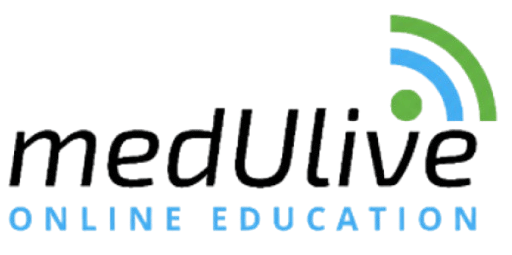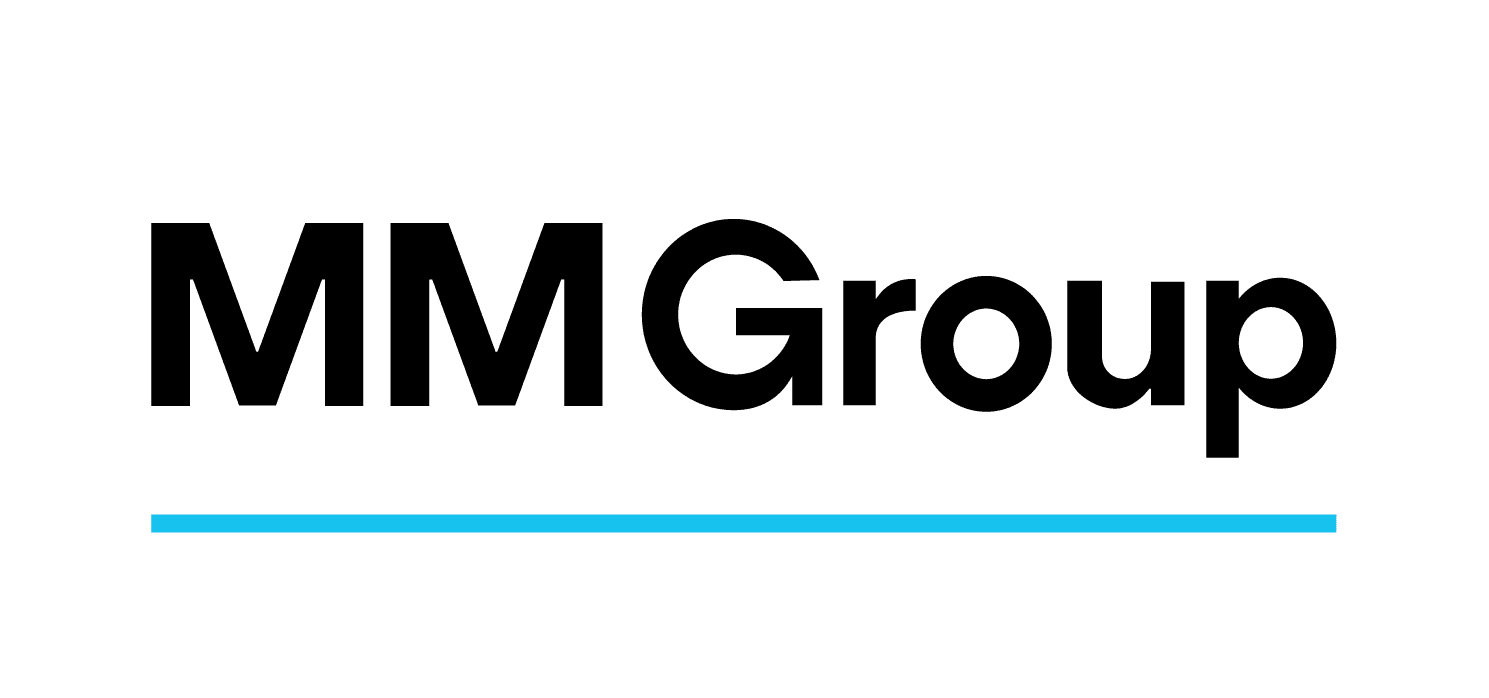Back to Blog
Healthcare Communications
Featured
The New Era of Healthcare Communication: Why Automation Matters
As healthcare communication enters a new era driven by automation and AI, the potential for improved patient care, operational efficiency, and compliance is immense. By addressing the inherent challenges of traditional communication methods and embracing digital transformation, healthcare professionals can enhance their practice and ultimately deliver better care.

The New Era of Healthcare Communication: Why Automation Matters
In an age where time and accuracy are paramount, healthcare communication is undergoing a transformative shift. Traditional methods of communication in healthcare settings often lead to delays, errors, and fragmented systems that can compromise patient care and operational efficiency. As the industry embraces digital transformation, automation through artificial intelligence (AI) and advanced workflows is becoming essential. This article explores the challenges of traditional healthcare communication, the growing role of digital transformation, and the benefits that automation can offer to healthcare professionals.
Challenges in Traditional Healthcare Communication
Healthcare communication has historically been fraught with numerous challenges that can hinder the delivery of quality care. Some of the key issues include:
- Delays in Information Transfer: Traditional communication methods, such as phone calls, faxes, and paper records, can lead to significant delays. Critical patient information may not reach the necessary healthcare providers in a timely manner, impacting clinical decisions.
- Errors and Miscommunication: Manual entry and verbal communication are prone to errors. Misinterpretation of information can lead to medication errors, incorrect treatments, and adverse patient outcomes.
- Fragmented Systems: Many healthcare organizations rely on multiple, disconnected systems that make it difficult to share information seamlessly. This fragmentation can result in incomplete patient records and a lack of coordinated care.
The Impact on Patient Care
These challenges can lead to not only inefficiencies but also increased patient dissatisfaction and potential harm. For instance, a delay in communication regarding a patient's allergy can have severe consequences. As such, there is an urgent need for a more effective approach to healthcare communication.
The Growing Role of Digital Transformation and AI-Driven Workflows
Digital transformation in healthcare is not just a trend; it is a necessity. The integration of automation and AI-driven workflows is paving the way for more effective communication strategies.
Key Technologies Driving Transformation
- Electronic Health Records (EHRs): Modern EHR systems facilitate real-time access to patient information, allowing for better coordination among healthcare teams.
- Chatbots and Virtual Assistants: These AI-driven tools can assist with patient inquiries, appointment scheduling, and basic triage, freeing up healthcare professionals to focus on more complex tasks.
- Telemedicine Platforms: The rise of telemedicine has redefined patient-provider communication, enabling consultations to occur remotely and efficiently.
Benefits of Automation in Healthcare Communication
Adopting automation in healthcare communication offers numerous benefits that can enhance overall efficiency, accuracy, and patient care.
1. Increased Efficiency
Automation streamlines workflows, reducing the time spent on administrative tasks. For example:
- Automated Appointment Reminders: By sending automated reminders via SMS or email, healthcare providers can reduce no-show rates and improve scheduling efficiency.
- Streamlined Documentation: AI-driven dictation tools can assist healthcare professionals in documenting patient encounters quickly and accurately, allowing more time for patient care.
2. Enhanced Accuracy
Automation minimizes human error, ensuring that critical information is communicated effectively. Some examples include:
- Data Validation: Automated systems can cross-reference data for accuracy, reducing the chances of incorrect entries in patient records.
- Medication Management: Automated prescribing systems can check for drug interactions and allergies in real-time, promoting safer medication practices.
3. Personalization of Care
Automation enables a more personalized approach to patient care. Healthcare providers can leverage data analytics to tailor communication and interventions based on individual patient needs.
- Patient Engagement: Automated systems can send personalized health tips or follow-up messages, enhancing patient engagement and adherence to treatment plans.
- Targeted Outreach: Providers can use data to identify high-risk patients and proactively reach out with tailored support or resources.
4. Improved Compliance
With the complexity of regulations in healthcare, maintaining compliance is critical. Automation can assist in several ways:
- Documentation and Reporting: Automated systems can track compliance-related activities, ensuring that necessary documentation is readily available for audits.
- Data Security: Automated security protocols can help safeguard patient information, reducing the risk of data breaches and ensuring adherence to regulations such as HIPAA.
Practical Insights and Examples
To successfully implement automation in healthcare communication, organizations should consider the following actionable steps:
- Invest in Training: Ensure that healthcare professionals are trained to use new automated systems effectively. This includes understanding how to interpret data generated by AI tools.
- Select the Right Tools: Evaluate and choose technology solutions that align with the specific needs of your organization. Conduct pilot programs to assess effectiveness before full-scale implementation.
- Foster a Culture of Adaptability: Encourage a workplace culture that embraces change and innovation. This can enhance staff buy-in and facilitate a smoother transition to automated systems.
- Monitor and Evaluate: Continuously assess the impact of automation on communication workflows and patient outcomes. Use feedback to make necessary adjustments and improvements.
Conclusion
As healthcare communication enters a new era driven by automation and AI, the potential for improved patient care, operational efficiency, and compliance is immense. By addressing the inherent challenges of traditional communication methods and embracing digital transformation, healthcare professionals can enhance their practice and ultimately deliver better care. The path toward automation is not without its challenges, but the actionable insights provided here can serve as a roadmap for healthcare organizations looking to thrive in this new landscape. Embracing these innovations will not only streamline processes but also enhance the overall patient experience in the GCC healthcare market and beyond.











.jpg)